


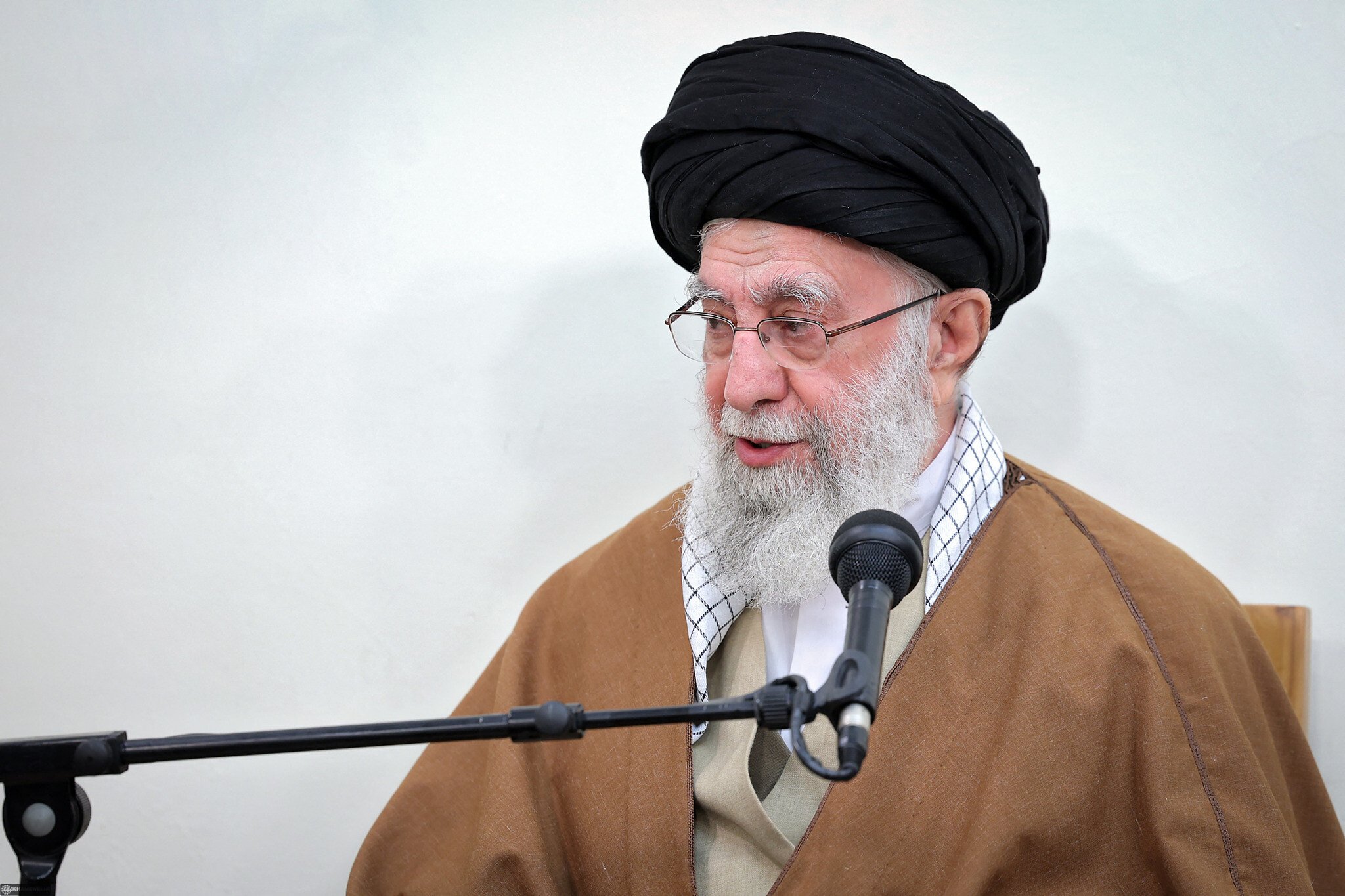
The clock is ticking for senior clerics seeking a successor to Iran’s supreme leader, Ayatollah Ali Khamenei.
A three-man committee from a top clerical body, appointed by Khamenei himself two years ago to identify his replacement, has accelerated its planning in recent days since Israel attacked Iran and threatened to assassinate the veteran leader, five insiders with knowledge of the discussions told Reuters.
Khamenei, 86, is being regularly briefed on the talks, according to the Iranian sources who requested anonymity to discuss highly sensitive matters. He has gone into hiding with his family and is being guarded by the Vali-ye Amr special forces unit of the Revolutionary Guards, a top security official said. On Monday, the IDF conducted what Defense Minister Israel Katz called “unprecedented” strikes on the Iranian capital.
The ruling establishment will immediately seek to name a successor to Khamenei if he is killed, to signal stability and continuity, according to the sources who acknowledged that predicting Iran’s subsequent political trajectory was difficult.
A new leader will still be chosen for his devotion to the revolutionary precepts of the Islamic Republic’s late founder ayatollah Ruhollah Khomeini, according to one insider, who is close to Khamenei’s office and privy to succession discussions.
At the same time, the top echelon of power is also considering which candidate might present a more moderate face to ward off foreign attacks and internal revolts, the person said.
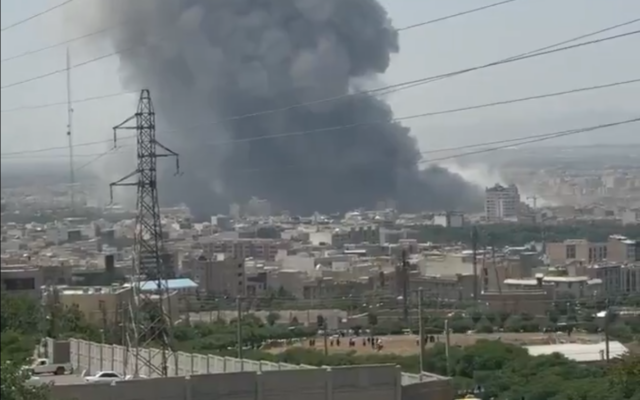
Two frontrunners have emerged in the succession discussions, the five insiders said: Khamenei’s 56-year-old son Mojtaba, long seen as a continuity choice, and a new contender, Hassan Khomeini, grandson of the leader of the Islamic Revolution.
The New York Times recently reported that Khamenei had chosen three possible successors, in addition to other potential replacements for top officers.
Khomeini, a close ally of the reformist faction that favors the easing of social and political restrictions, nonetheless commands respect among senior clerics and the Revolutionary Guards because of his lineage, the sources added.
“I once again humbly express that this small and insignificant servant of the Iranian people stands ready to proudly be present on any front or scene you deem necessary,” the 53-year-old said in a public message of support to the supreme leader on Saturday, hours before the US bombed Iran’s nuclear facilities.
Khomeini has come into the frame as a serious candidate this month amid the conflict with Israel and America because he could represent a more conciliatory choice internationally and domestically than Mojtaba Khamenei, the five people said.
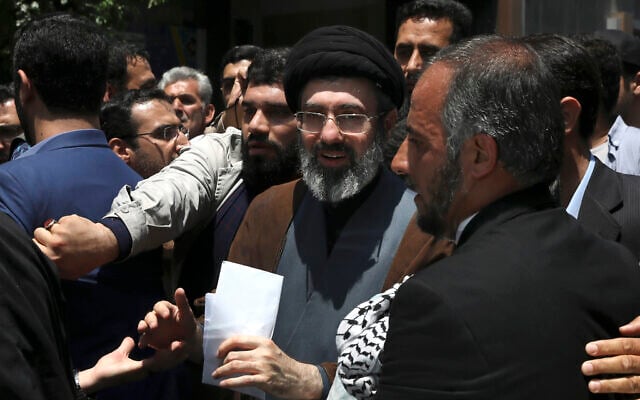
By contrast, Khamenei hews closely to his father’s hardline policies, according to the insiders who cautioned that nothing had been determined, candidates could change and the supreme leader would have the final say.
However, with the military conflict continuing, it remains unclear whether any new leader could be chosen easily or installed securely or if he could assume the level of authority enjoyed by Khamenei, they added.
Israeli strikes have also killed several of Iran’s top Revolutionary Guards commanders, potentially complicating a handover of power as the elite military force has long played a central role in enforcing the supreme leader’s rule.
Khamenei’s office and the Assembly of Experts, the clerical body from which the succession committee was drawn, were not available to comment.
Planning for an eventual handover was already in the works because of Khamenei’s age and the longstanding health concerns of a leader who has dominated all aspects of Iranian politics for decades, the sources said.
The urgency of the task was underlined in September when Israel killed Hezbollah leader Hassan Nasrallah, a close ally of Khamenei’s, and the planning accelerated significantly this month following the Israeli attacks on nuclear sites, which were followed by the American attacks this past weekend.
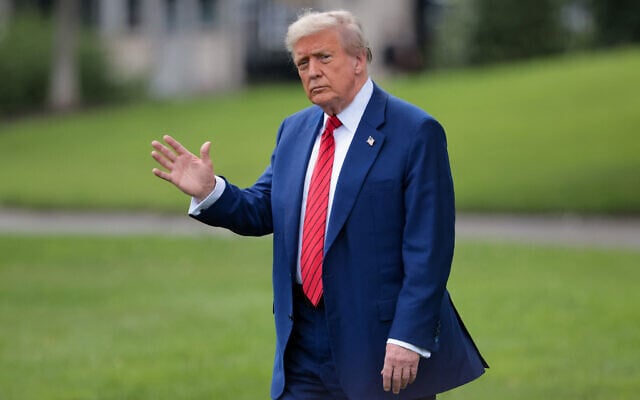
US President Donald Trump reportedly vetoed an Israeli plan to assassinate Khamenei on the first day of the war. But last week, ahead of the American strikes on Iran, Trump issued his own threat to the supreme leader.
“We know exactly where the so-called ‘Supreme Leader’ is hiding,” the president warned on social media, calling for Tehran’s unconditional surrender. “He is an easy target.”
On Monday, White House Press Secretary Karoline Leavitt clarified that the Trump administration is not seeking regime change. However overnight Trump posted online that “if the current Iranian Regime is unable to MAKE IRAN GREAT AGAIN why wouldn’t there be a Regime change??? MIGA!!!”
Khamenei hasn’t publicly expressed any preference for his successor. The sources said he had repeatedly opposed the idea of his son taking over in succession discussions in the past, concerned about any suggestion of Iran returning to the kind of hereditary rule that ended with the ousting of the shah in 1979.
The role of supreme leader was created after the revolution and then enshrined in the constitution, giving a top cleric ultimate authority in guiding the elected president and parliament.
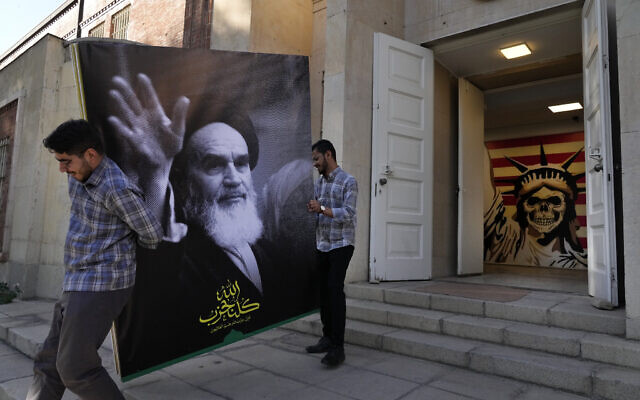
Officially, the leader is named by the Assembly of Experts, made up of 88 senior clerics who are chosen through a national election in which a hardline watchdog body aligned with Khamenei must approve all the candidates.
“Whether the Islamic Republic survives or not, it will be a very different one, because the context in which it has existed has fundamentally changed,” said London-based Iranian political analyst Hossein Rassam, adding that Hassan Khomeini could fit the bill for a leader to take Iran in a new direction.
“The regime has to opt for someone who’ll facilitate slow transition.”
Hassan Khomeini’s close links to the reformist faction of Iranian politics, which pursued an ultimately unsuccessful policy of opening Iran to the outside world in the 1990s, saw hardline officials bar him from running as a member of the Assembly of Experts in 2016.
The succession planners are aware that Khomeini is likely to be more palatable to the Iranian population than a hardliner, the five insiders said. Last year he warned of a “crisis of rising popular dissatisfaction” among Iranians due to poverty and deprivation.
By contrast, Mojtaba Khamenei’s views echo those of his father on every major topic from cracking down on opponents to taking a hard line with foreign foes, the sources said — qualities they saw as hazardous with Iran under attack.
A mid-ranking cleric who teaches theology at a religious seminary in the city Qom, the center of Iranian religious life, Mojtaba has never held a formal position the Islamic Republic, though he exercises influence behind the scenes as the gatekeeper to his father, according to Iran watchers.
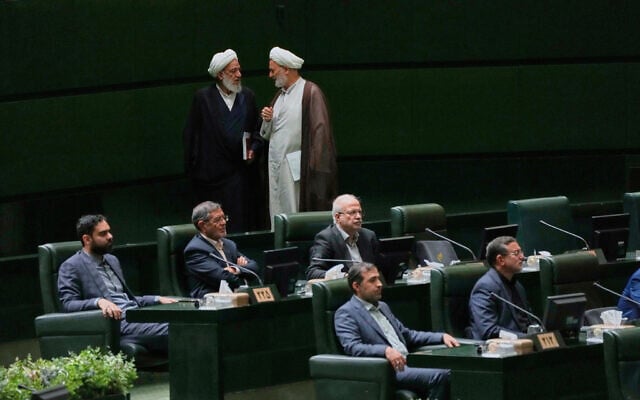
The US Treasury Department imposed sanctions on Mojtaba in 2019, saying he represented the supreme leader in “an official capacity despite never being elected or appointed to a government position” aside from working in his father’s office.
Several of the candidates long seen as possible successors to Khamenei have already died.
Former president Hashemi Rafsanjani died in 2017, former judiciary chief Mahmoud Hashemi Shahroudi died in 2018 and former president Ebrahim Raisi was killed in a helicopter crash in 2023. Another senior cleric, Sadegh Amoli Larijani, has been sidelined.
Others, such as Assembly of Experts member Ayatollah Alireza Arafi, are still in contention but have fallen behind Mojtaba Khamenei and Hassan Khomeini, the five sources said.
Beyond the most likely candidates, it’s also possible that a less prominent cleric could be chosen as a pawn of the Revolutionary Guards, said Ali Vaez, Iran project director at the International Crisis Group think tank.
“It is possible that they would put forward a candidate that no one has ever heard of and would not really hold the same levers of power that Ayatollah Khamenei has held now for more than 30 years,” he said.
The supreme leader’s voice is powerful.
After the death of the Islamic Republic’s founder Ruhollah Khomeini in 1989, Khamenei was publicly hailed as his predecessor’s choice. Although he had already served as president, Khamenei was only a mid-ranking cleric and was initially dismissed by influential clerics as weak and an unlikely successor to his charismatic predecessor.
However, he steadily tightened his grip to become Iran’s unquestioned decision-maker, relying on the Revolutionary Guards as he outmaneuvered rivals and crushed bouts of popular unrest.
